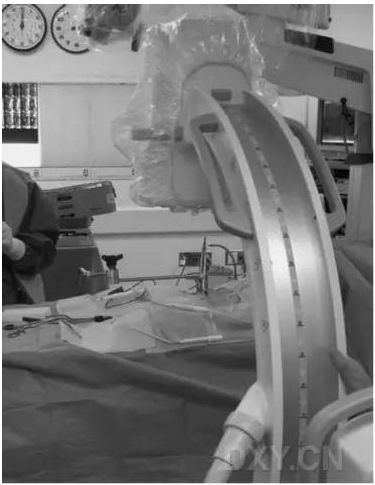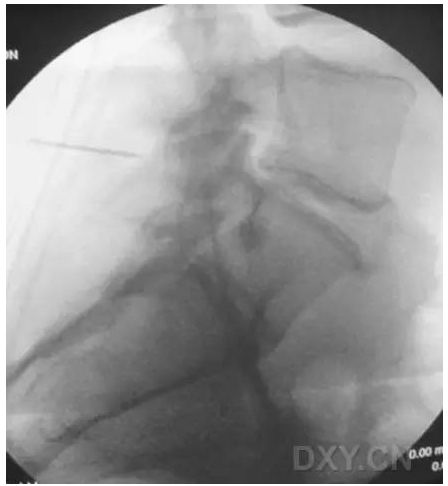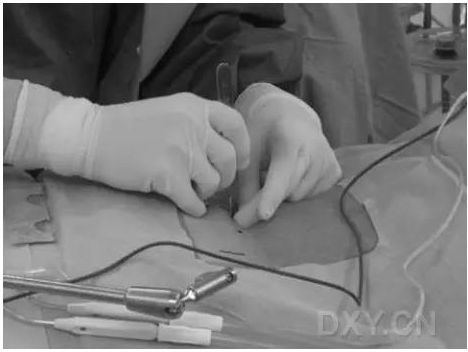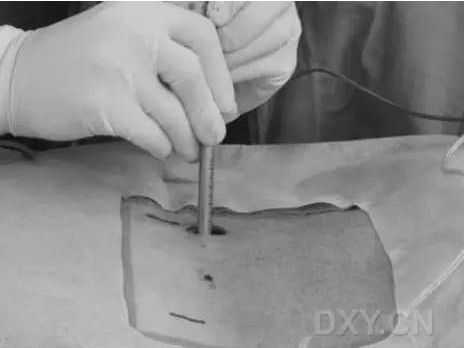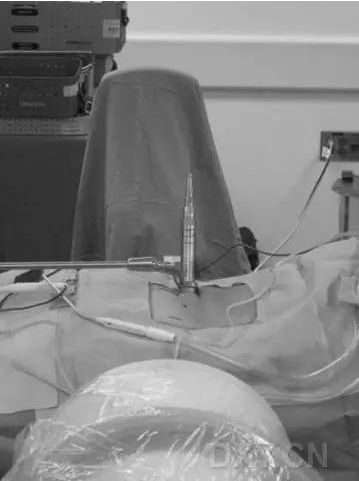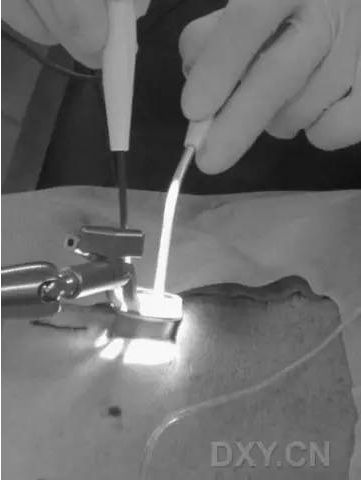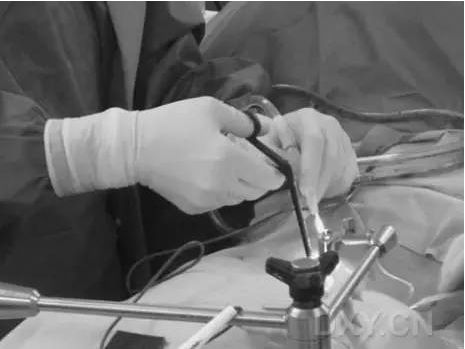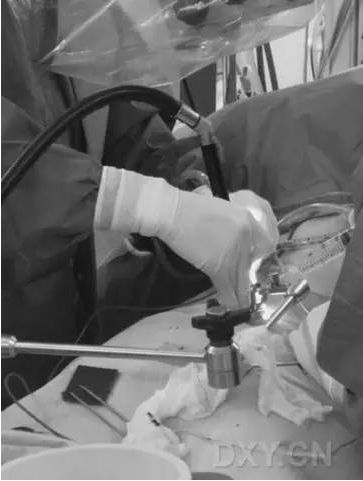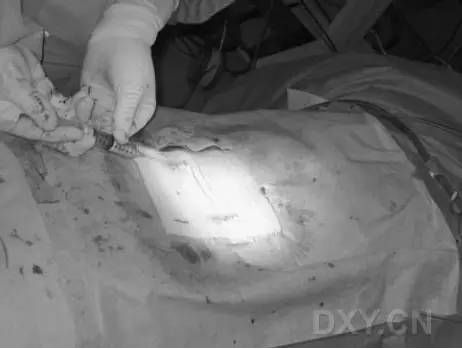Xanuunka laf-dhabarta iyo herniation-ka ayaa ah sababaha ugu badan ee keena cadaadiska xididka neerfaha lumbar iyo radiculopathy. Calaamadaha sida xanuunka dhabarka iyo lugaha oo ay sababaan kooxdan xanuunnada ah aad bay u kala duwanaan karaan, ama calaamado la'aan ayay yeelan karaan, ama aad bay u daran yihiin.
Daraasado dhowr ah ayaa muujiyay in qaliinka oo la joojiyo marka daaweynta aan qalliinka ahayn aysan waxtar lahayn ay keento natiijooyin daaweyn oo wanaagsan. Isticmaalka farsamooyinka ugu yar ee duullaanka ah ayaa laga yaabaa inay yareeyaan dhibaatooyinka qalliinka ka hor waxayna gaabin karaan wakhtiga soo kabashada bukaanka marka la barbar dhigo qalliinka furfurnaanta dhabarka ee furan.
Cadadkii dhawaan ka soo baxay Tech Orthop, Gandhi iyo xubno ka tirsan Kulliyadda Caafimaadka ee Jaamacadda Drexel waxay si faahfaahsan u sharraxeen isticmaalka Nidaamka Dib-u-soo-noqoshada Tubular ee qalliinka yar-yar ee lumbar-ka. Maqaalku waa mid aad loo akhriyi karo oo qiimo u leh barashada. Qodobbada ugu muhiimsan ee farsamooyinkooda qalliinka waxaa si kooban loogu sharraxay sida soo socota.
Jaantuska 1. Qalabka qabsada nidaamka dib u soo noqoshada Tubular ayaa la dhigayaa sariirta qalliinka oo ku taal dhinaca qalliinka ee dhakhtarka la socda, halka C-gacanta iyo mikroskoobka la dhigayo dhinaca ugu habboon iyadoo loo eegayo qaabka qolka.
Jaantuska 2. Sawirka fluoroscopic: biinanka booska laf-dhabarta ayaa la isticmaalaa ka hor inta aan la samayn jeexitaanka qalliinka si loo hubiyo booska ugu habboon ee jeexitaanka.
Jaantuska 3. Jeexitaanka Parasagittal oo leh dhibco buluug ah oo calaamadeynaya booska khadka dhexe.
Jaantuska 4. Ballaarinta tartiib tartiib ah ee jeexitaanka si loo abuuro kanaalka qalliinka.
Jaantuska 5. Meelaynta Nidaamka Dib-u-soo-noqoshada Tubulaha iyadoo la adeegsanayo fluoroscopy-ga X-ray.
Jaantuska 6. Nadiifinta unugyada jilicsan ka dib marka la sameeyo qalliin si loo hubiyo muuqaal wanaagsan oo ku saabsan calaamadaha lafaha.
Jaantuska 7. Ka saarista unugyada saxanka ee soo baxaya iyadoo la adeegsanayo qalabka qaniinyada qanjidhada ee pituitary-ga.
Jaantuska 8. Kala-saarista cadaadiska iyadoo la adeegsanayo qalabka wax lagu shiido: aagga waa la maareeyaa oo biyo ayaa la duraa si loo dhaqo qashinka lafaha loona yareeyo heerka waxyeelada kulaylka ee ka dhalata kulaylka uu dhaliyo qalabka wax lagu shiido.
Jaantuska 9. Ku duritaanka suuxdin maxalli ah oo muddo dheer shaqeyneysa oo lagu duro meesha la jeexay si loo yareeyo xanuunka qalliinka kadib.
Qorayaashu waxay ku soo gabagabeeyeen in isticmaalka nidaamka dib-u-soo-celinta Tubular ee loogu talagalay ka-saarista dhabarka iyada oo loo marayo farsamooyin yar yar oo duullaan ah ay leedahay faa'iidooyin ka badan qalliinka dhaqameed ee ka-saarista dhabarka furan. Qallooca barashada waa la maarayn karaa, dhakhaatiirta qalliinka badankooduna si tartiib tartiib ah ayay u dhammaystiri karaan kiisaska adag iyada oo loo marayo habka tababarka cadaveric, hadhka, iyo dhaqanka gacanta.
Maadaama tiknoolajiyadu ay sii kordheyso, dhakhaatiirta qalliinka waxaa laga filayaa inay awoodaan inay yareeyaan dhiigbaxa qalliinka, xanuunka, heerarka caabuqa, iyo joogitaanka isbitaalka iyagoo adeegsanaya farsamooyinka yareynta cadaadiska.
Waqtiga boostada: Diseembar-15-2023





